
Confab Focuses on Saving the Recent Past
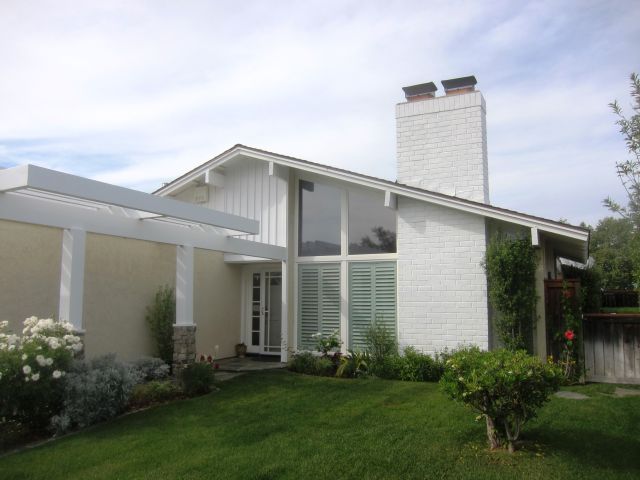 |
|
|
If you’ve worked hard to preserve your modern home – or your entire neighborhood – then you are part of an international effort aimed at saving 'the recent past.'
How recent is recent? Come to the 'Preserving the Recent Past 3' conference, which runs March 13-16 in Los Angeles to find out. Recent, it turns out, keeps getting more recent. In the past, the focus has largely been on the postwar years through the 1960s.
“We are pushing the conversation forward, into the 1970s, ‘80s, and ‘90s,” says Trudi Sandmeier, a lead conference organizer, and director of heritage conservation at the school of architecture at the University of Southern California, where the conference meets.
Sandmeier expects that this year the conference – which is put on by Historic Preservation Education Foundation, the National Park Service, and USC’s Heritage Conservation Foundation – will attract up to 400 people from around the world, many of them professional preservationists, architects, engineers and academics.
But one of the tracks of events is all about advocating for saving places, and would benefit “anyone who does advocacy,” she says.
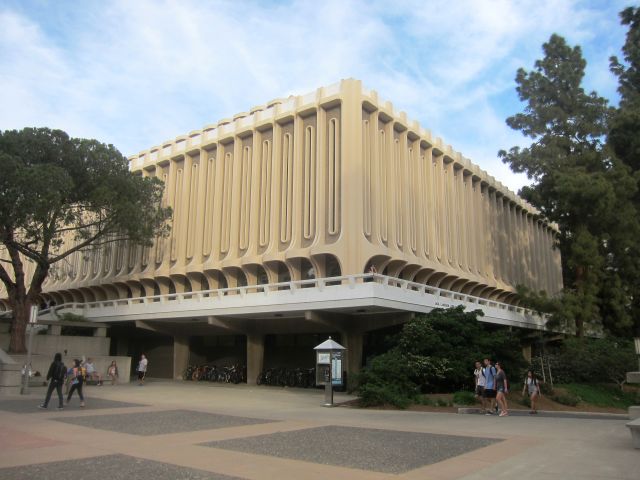 |
|
|
That could include folks seeking historic designation for their mid-century modern tracts to prevent teardowns or incompatible alterations.
Conferences of this sort, though, are as much about expanding consciousness as about learning useful techniques for determining, say, whether a neighborhood retains enough historical integrity to count as 'historic.'
Sandmeier is excited that people from across the globe will attend, bringing their stories and enthusiasm. And who knew the world of modern preservation was so rich and variegated? There will be tours, talks, and workshops on such topics as:
“Techniques for surveying recent past neighborhoods and commercial districts.”
“Significant postwar era sites of underserved communities.”
“Preserving Survival: Cold War Fallout Shelters.”
Tours include one of the homes by mid-century modern architect Edward Killingsworth, and another led by writer Alan Hess of modern places in Orange County, including the planned community of Irvine and the Crystal Cathedral.
As the conference website notes, “Buildings, sites, and landscapes from this period reflect the dynamism, creativity, and tensions of the society that created them. They tell stories—of mass suburbanization and urban disinvestment and reinvestment, of multiple and successive modern styles, innovative products, and new social and activist movements.”
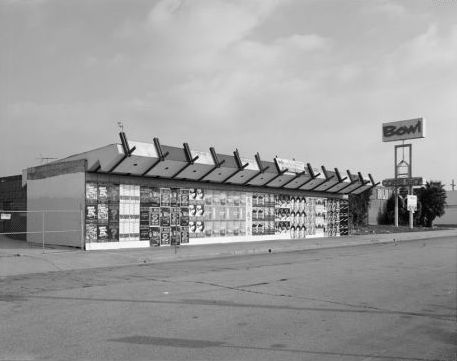 |
|
|
Some of the more fascinating events are those with a tight focus.
How about preserving bowling alleys? Or at least, what used to be bowling alleys?
In 'Up In The Air: Googie Architecture and the Rebranding & Reuse of Bowling Alleys,' Kate Reggev will discuss the rise and fall of these distinctive play lands, and of the Googie style that adorned many of them.
“The thing about bowling alleys is, they are incredible for adaptive reuse because they have a huge, column-free space. They can easily be adapted for office space," as well as for churches or retail, she says.
Developers can preserve important historic elements, including large freestanding, often neon signs, while adapting them for other uses too.
“Another characteristic of many mid-century bowling alleys is they have a prominent entry canopy that is often curved and that juts out from the building,” Reggev says. “Usually people preserve the signage and the canopy. They want to keep something that is eye-catching.
“The value is in, not preserving the function of the building, but its original design intent so it’s still a landmark in the community.”
Eduard Krakhmalnikov’s talk, 'The Ignored and Vulnerable: Mobile Home Parks as Historic Places,' aims to give some respect to these ignored and often maligned neighborhoods.
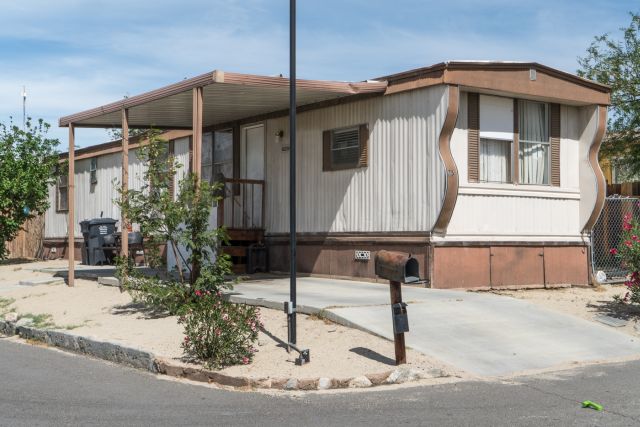 |
|
|
He has been working in association with photographer Kathleen Tunnell Handel, whose project 'Where the Heart is: Portraits from Vernacular American Trailer and Mobile Home Parks,' focuses on mobile home parks nationwide.
Krakhmalnikov argues that trailer parks played an important role housing war workers in the 1940s and young baby boomer-raising families in the early postwar years. The parks continue to house low-income people – until, that is, the parks are replaced by market-rate condos.
“Today,” he says, “18 to 20 million people live in mobile home parks or individual mobile homes, 7 percent of the population. That’s around where it was during World War II. But they are hidden. And they are just not talked about.”
“If you consider all the mobile home parks together, they would create a city three times the size of Detroit, and with a population larger than Los Angeles,” he says.
“It’s a preservation and an equity issue. It’s one of those rare cases that those two [causes] overlap. By saving these places, we are preserving affordable housing.”
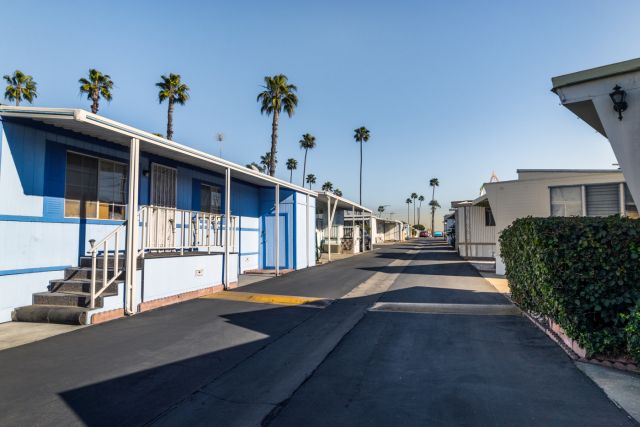 |
|
|
He notes that only one mobile home park in the nation has a historic designation, Monterey Trailer Park in Los Angeles.
“It’s about time we talk about these, right?” Krakhmalnikov asks.
If you’re thinking about skipping this year’s conference and catching the next, wait up. This is the third Recent Past Conference. The second was in 2002, the first in 1995. Back then, few people anywhere were worrying about saving such relatively recent 1950s and 1960s buildings as, for example, Eichler homes.
Even today, in much of the country, policy makers don’t focus on preserving places from this era, Sandmeier says.
“In California we’ve been a little ahead of the curve,” she says. “But in many places across the country it’s still difficult to talk about recent past resources. There is still a need [for this conference], for sure.”
She expects 'Recent Past Four' might come around in about five years.
The Heritage Education Foundation publishes and makes availableproceedingsfrom its conferences, and some are free online.
- ‹ previous
- 132 of 677
- next ›



